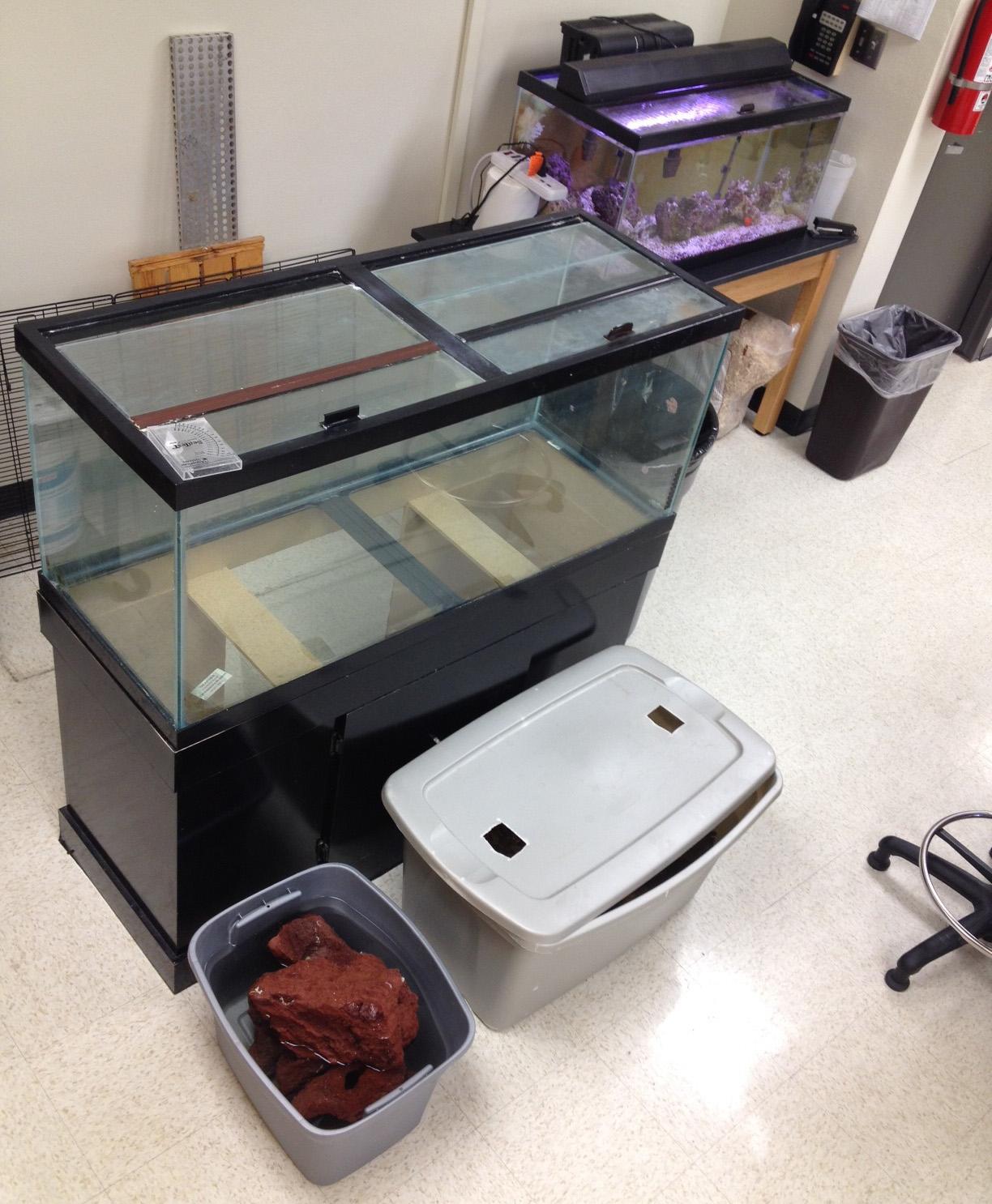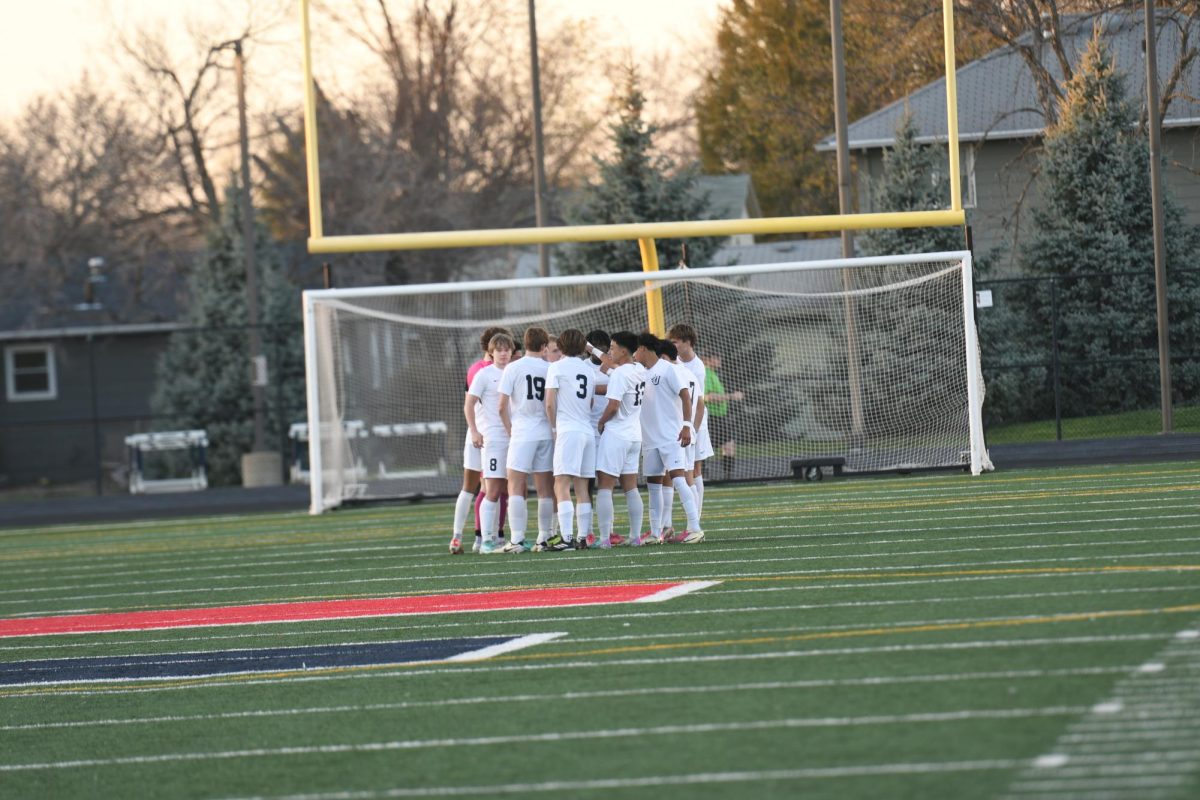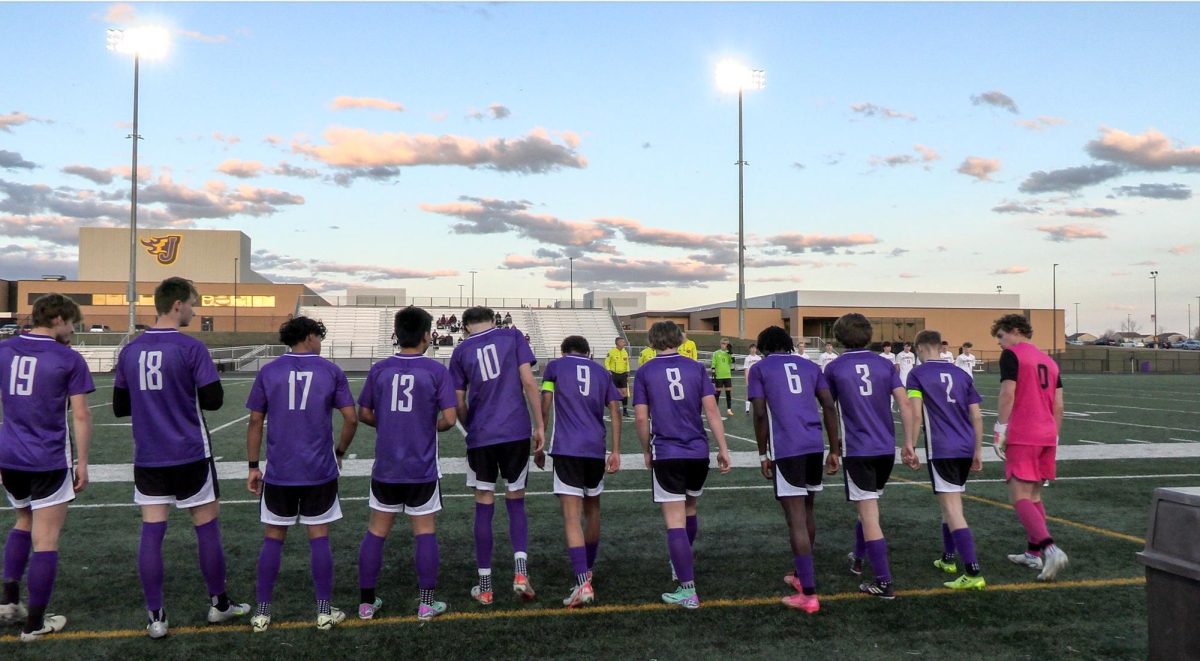When science teacher Kyla Burns returned from break to find both her classroom fish tanks off, she was surprised, but planned to check on them later. However, when custodian Dan Golbuff came and turned on the circuit breaker in her room, Burns found another surprise.
“We heard a pop and then we saw some smoke,” Burns said. “Then we realized what had happened.”
The circuit behind the fish tanks had blown due to a water leak over break.
Exact cause of the problems are unknown, but Burns concludes it to be a power surge or a leak in the smaller filter. Water from the smaller fish tank’s filter had overflowed, causing the water to hit the socket behind the tanks.
Because the circuit blew, the external filter of the larger tank also overflowed the larger tank.
“Luckily, because I knew [external filters] could do that I put it in an overflow tub,” Burns said, “but the overflow tub couldn’t hold all of [the water] so there was salt slick all over the back floor.”
The power outage also caused the heating systems of the tanks to stop. The water in the tanks needs to be at 84 degrees. Sitting without heating for about two days, Burns estimates the tanks to have been at 60 degrees. Burn’s urchin, one brittle star and multiple crabs and snails died.
Burns rescued the surviving animals of the tanks and placed them in the smaller tank. She had previously planned to remove the larger tank from the classroom.
“It was a good excuse to take the big one down anyways,” Burns said.








